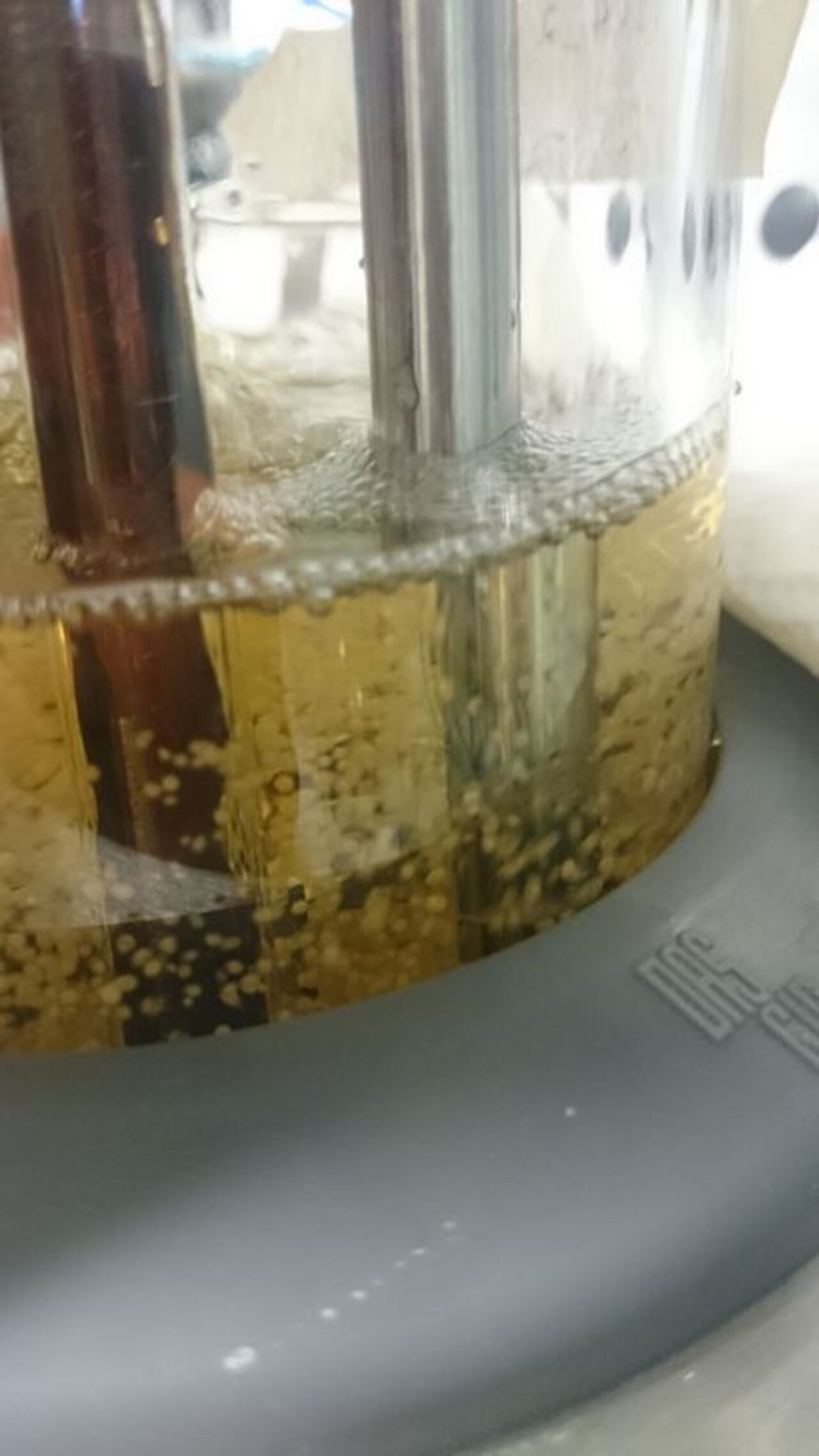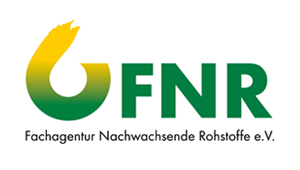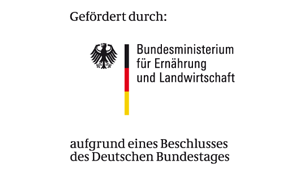Project
Fumaric Acid for Polymers

Production of fumaric acid for polymer applications
Fumaric acid is an interesting building block for bio-based polymers. We are searching together with European partners for an efficient biotechnological production of fumaric acid from agricultural raw materials and residues.
Background and Objective
Fumaric acid, an unsaturated dicarboxylic acid, currently is produced exclusively in petrochemical plants from fossil feedstocks. Fumaric acid is currently used in many different applications (50 % in polymer industry, 33 % in
food industry, 17 % mainly for feed and pharmaceutical purposes). The replacement of petrochemical derived fumaric acid by its bio-based counterpart, derived from fermentation with fungi, e.g. Rhizopus spp., from renewables is of great interest in all industrial application fields in order to reduce the current carbon footprint of the products and to promote transition to a bio-based economy.
The biotechnological production of fumaric acid is still ineffective in comparison to other industrial fermentation processes of carboxylic acids, e.g. citric, lactic, succinic and itaconic acid.
Hence, we together with European partners from Germany, Spain and Turkey aim at the development of an efficient and economic fermentation process to produce fumaric acid from renewables in this ERA-IB project.
Approach
Apple pomace, the solid residue of apple juice production, shall be the primary substrate for fumaric acid production in the research carried out in the Thünen-Institute, whereas orange peels shall be investigated by our Spanish partners. In comparison, also pure glucose shall be used as substrate. Both apple pomace and orange peels needs to be pretreated and hydrolyzed, i.e. saccharified, prior to be used as substrate. Therefore tailor-made enzymes will be developed by our partner ASA Spezialenzyme GmbH.
The fermentative fumaric acid production from the two agricultural residuals will be tested in two variants, as separate hydrolysis and fermentation (SHF) and as simultaneous saccharification and fermentation (SSF) variant. After the screening for suitable microorganisms with high tolerance against the substrates and a low product inhibition both variants will be compared to. The most promising variant shall be further improved with regard to yield and productivity by intelligent and innovative process control means.
Further on, new efficient down-stream processes for fumaric acid recovery shall be developed. The isolated fumaric acid will be evaluated for polymer applications. The different value-added chains under research in this project will be analyzed by life cycle assessment (LCA) to figure out the most sustainable one.
Results
An efficient biocatalytic route for the production of fumaric acid for applications in bio-based polymers has been established. For bioconversion microorganisms were screened with a high tolerance to the substrates apple pomace and glucose, which had a high potential for the production of fumaric acid. In addition, an efficient way has been developed for the purification of fumaric acid from the fermentation broth.
Based on apple pomace, an efficient process strategy was developed and the resulting sugar-rich liquid could be converted by the strain R. arrhizus NRRL 1526 to 79.3 g/L fumaric acid, with a yield of 0.54 g/g and a total productivity of 0.27 g/(L∙h). To optimize the fermentative production of fumaric acid and R. arrhizus NRRL 1526, glucose was used as a source of carbon and energy. In addition to high reproducibility and understanding of the conversion process, with the high final concentrations of 195 g/L fumaric acid, the final titer was increased by 44.4% compared to the literature. Furthermore, a new strain (SN5) was successfully isolated, which already forms up to 93.5 g/L fumaric acid in initial experiments and is also able to utilize apple pomace as a substrate. By precipitation reactions with sufficient addition of HCl and NaOH, a process of purification of the fumaric acid was developed, whereby high yields and a purity of more than 98% were achieved.
Thünen-Contact

Prof Dr. rer. nat. habil. Ulf Prüße
Involved Thünen-Partners
Involved external Thünen-Partners
-
ASA-Spezialenzyme GmbH
(Wolfenbüttel, Deutschland) - Universidad Complutense de Madrid (UCM)
(Madrid, Spanien) -
Biopolis SA
(Valencia, Spanien) -
Ekodenge AS
(Ankara, Türkei) -
UBE Corporation Europe S.A.
(Castellón, Spanien)
Funding Body
-
Fachagentur Nachwachsende Rohstoffe e.V. (FNR)
(national, öffentlich)
Duration
4.2016 - 5.2019
More Information
Project funding number: 22029515
Funding program: FNR
Project status:
finished
Publications on the project
- 0
Kuenz A, Eidt L, Prüße U (2023) Biotechnological production of fumaric acid by Rhizopus arrhizus - Reaching industrially relevant final titers. Fermentation 9(7):588, DOI:10.3390/fermentation9070588
- 1
Martin-Dominguez V, Cabrera PIA, Eidt L, Prüße U, Kuenz A, Ladero M, Santos VE (2022) Production of fumaric acid by Rhizopus arrhizus NRRL 1526: A simple production medium and the kinetic modelling of the bioprocess. Fermentation 8(2):64, DOI:10.3390/fermentation8020064
- 2
Cordes A, Eidt L, Hußmann W, Kuenz A, Prüße U (2020) Schlussbericht zum Vorhaben "Herstellung von Fumarsäure zur Polymeranwendung (FAPA)"; Laufzeit des Vorhabens: 01.04.2016 bis 31.05.2019. Braunschweig: Thünen-Institut, 110 p
- 3
Eidt L, Kuenz A, Prüße U (2018) Biotechnologische Produktion von Fumarsäure: Prozessoptimierung und Kontrolle der Morphologie. Chemie Ingenieur Technik 90(9):1272, DOI:10.1002/cite.201855308

![[Translate to English:] [Translate to English:]](/media/_processed_/3/6/csm_Hintergrund-Ausschnitt1_9daaef6b89.jpeg)
![[Translate to English:] [Translate to English:]](/media/_processed_/3/6/csm_Hintergrund-Ausschnitt1_0bd7111163.jpeg)







